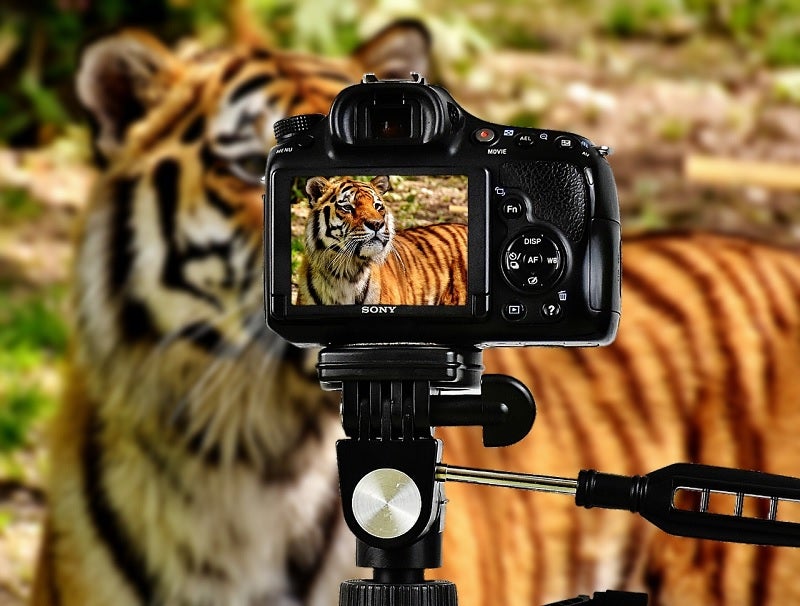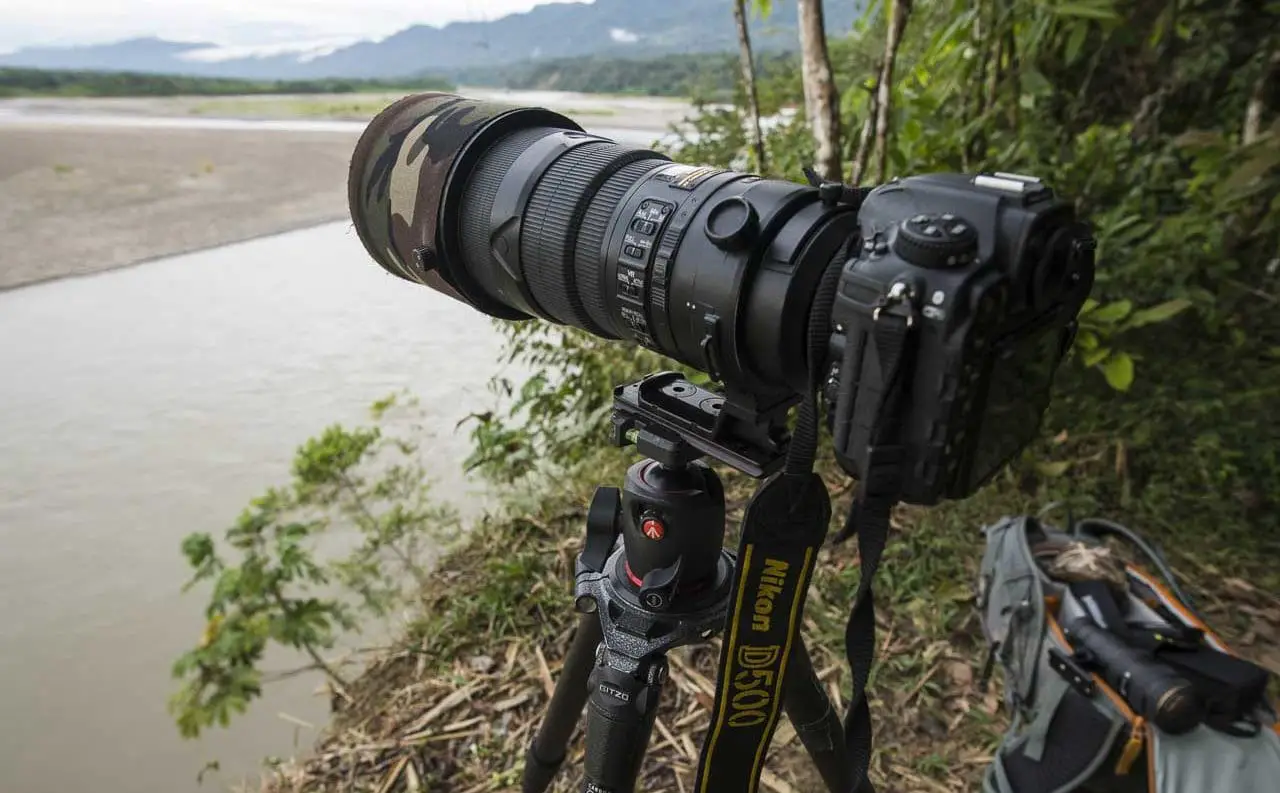Wildlife Photography Best Camera
Looking to capture stunning photos of wildlife in their natural habitats? You'll need a camera that's up to the task. With so many options on the market, it can be tough to know which camera will give you the results you're after. To help you out, we've scoured the web and compiled a list of the best cameras for wildlife photography. Read on to find the perfect camera for your needs.
The 5 Best Cameras For Wildlife Photography
1. Canon EOS-1DX Mark II

When it comes to capturing wildlife in action, the Canon EOS-1DX Mark II is a top performer. This camera is designed to be ultra-fast, with a continuous shooting rate of up to 14 frames per second. It also has a large buffer, meaning you can keep shooting for longer without having to wait for the images to write to the memory card. The autofocus system is also impressive, with 61 points and advanced tracking capabilities.
2. Nikon D500
![]()
The Nikon D500 is another excellent choice for wildlife photographers. It has a fast shooting rate of up to 10 frames per second and a buffer that can handle up to 200 raw files. The autofocus system is also top-notch, with 153 points that cover a wide area of the frame. Additionally, the camera is built to withstand tough conditions, with weather sealing and a rugged build.
3. Sony A9

If you're after a mirrorless camera for wildlife photography, the Sony A9 is one of the best options out there. It has a stunning autofocus system with 693 phase-detection points that cover 93% of the frame. It can also shoot at an impressive 20 frames per second, and the electronic shutter means you can shoot silently, which is a huge advantage when photographing wildlife.
4. Nikon D850

The Nikon D850 is a versatile camera that's great for a range of photography, including wildlife. It has an impressive dynamic range and produces sharp, detailed images. It's also a good choice if you want to shoot video, with 4K resolution and slow-motion capabilities. The autofocus system isn't quite as advanced as some of the other cameras on this list, but it's still highly capable.
5. Canon EOS R5

Finally, the Canon EOS R5 is a great choice if you're after a mirrorless camera with excellent autofocus capabilities. It has a whopping 594 autofocus points that cover the entire frame and can shoot at up to 12 frames per second. It also has fantastic image stabilization, which is essential when shooting handheld in the field.
Tips For Wildlife Photography

Once you've got your camera sorted, there are a few tips and tricks that can help you capture stunning photos of wildlife in the field:
- Patience is key. It can take a while to spot wildlife, and even longer to get the shot you're after.
- Invest in a good telephoto lens. The longer the focal length, the easier it will be to get close-up shots of wildlife without disturbing them.
- Learn the behavior of the animals you're photographing. This will help you anticipate their movements and get better shots.
- Use a tripod or monopod to stabilize your camera, especially when using longer lenses.
- Be respectful of the animals and their habitats. Always keep a safe distance and avoid disturbing them.
Ideas For Wildlife Photography
There are endless opportunities for wildlife photography, whether you're in your own backyard or traveling to far-flung destinations. Here are a few ideas to get you started:
- Visit your local park or nature reserve and see what wildlife you can find.
- Take a trip to a national park or wildlife sanctuary and photograph the animals that call it home.
- Go on a safari or wildlife tour, where you'll have the opportunity to see and photograph exotic animals in their natural habitats.
- Attend a birdwatching or whale watching event and capture images of these majestic creatures.
- Experiment with different lighting conditions, such as sunrise or sunset, to create dramatic images.
How To Edit Wildlife Photos
Once you've captured your wildlife photos, it's time to edit them to bring out their full potential. Here are some tips for editing wildlife photos:
- Adjust the exposure, contrast, and highlights to make sure the image is well-balanced.
- Use selective editing tools, such as brush or gradient tools, to bring out details in specific areas of the image.
- Remove any distractions, such as branches or other objects, that may be detracting from the main subject of the image.
- Crop the image to improve the composition or remove any unnecessary elements.
- Don't overdo it. Make sure the final image looks natural and is a true representation of the animal and its environment.
If you follow these tips and invest in a good camera, you'll be well on your way to capturing stunning wildlife photos. Happy shooting!
Read more articles about Wildlife Photography Best Camera


Post a Comment for "Wildlife Photography Best Camera"